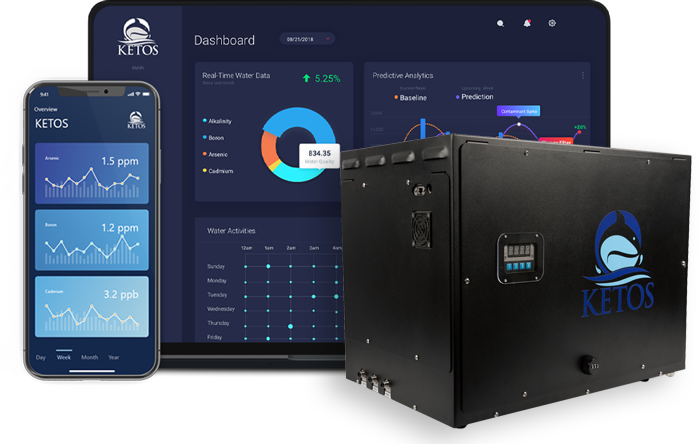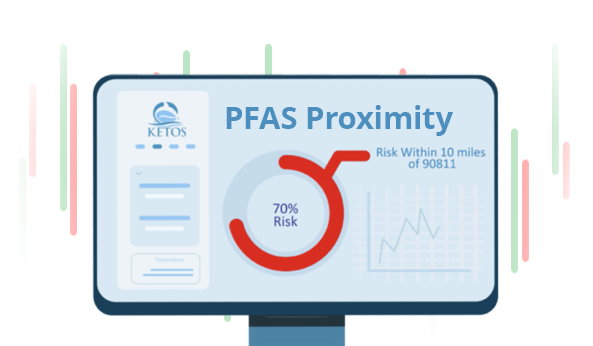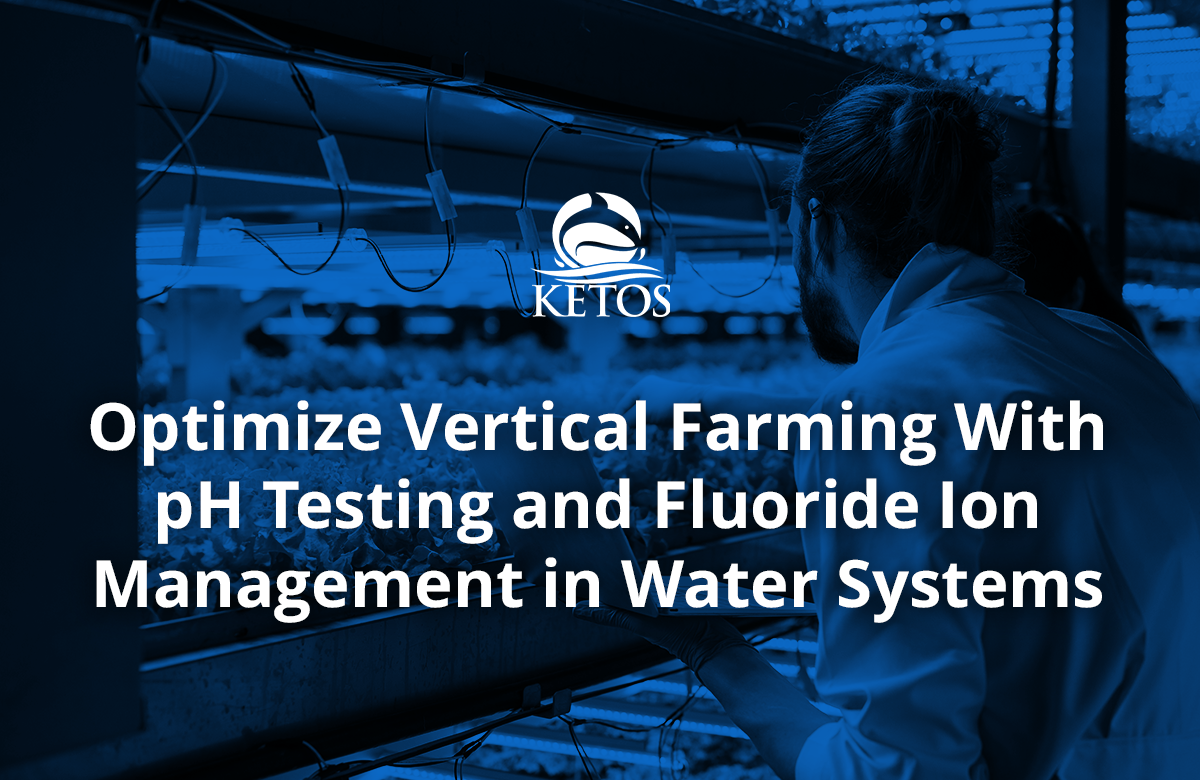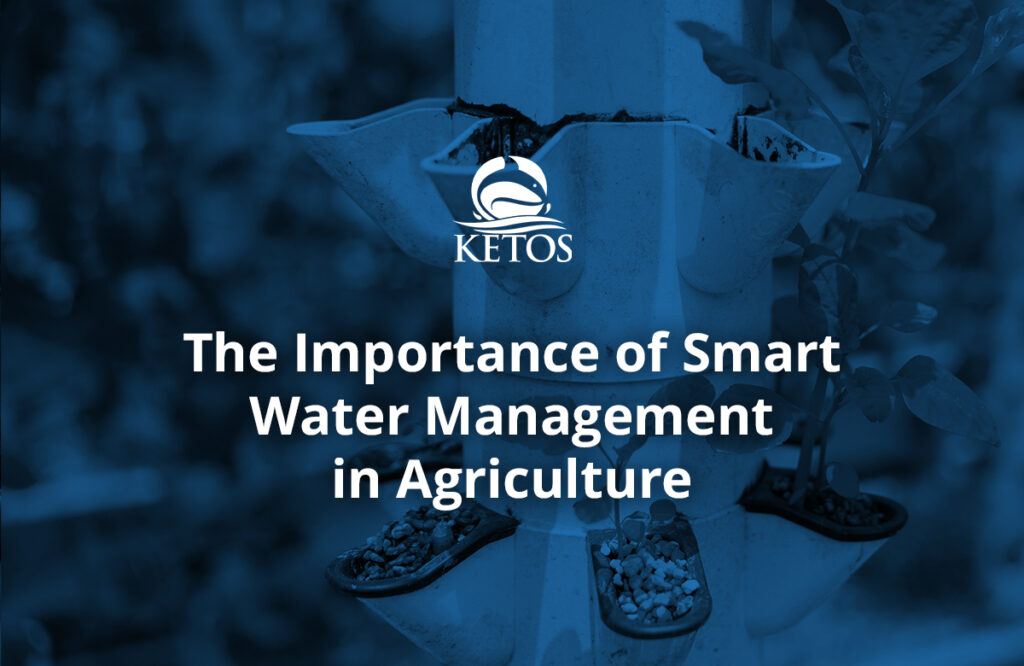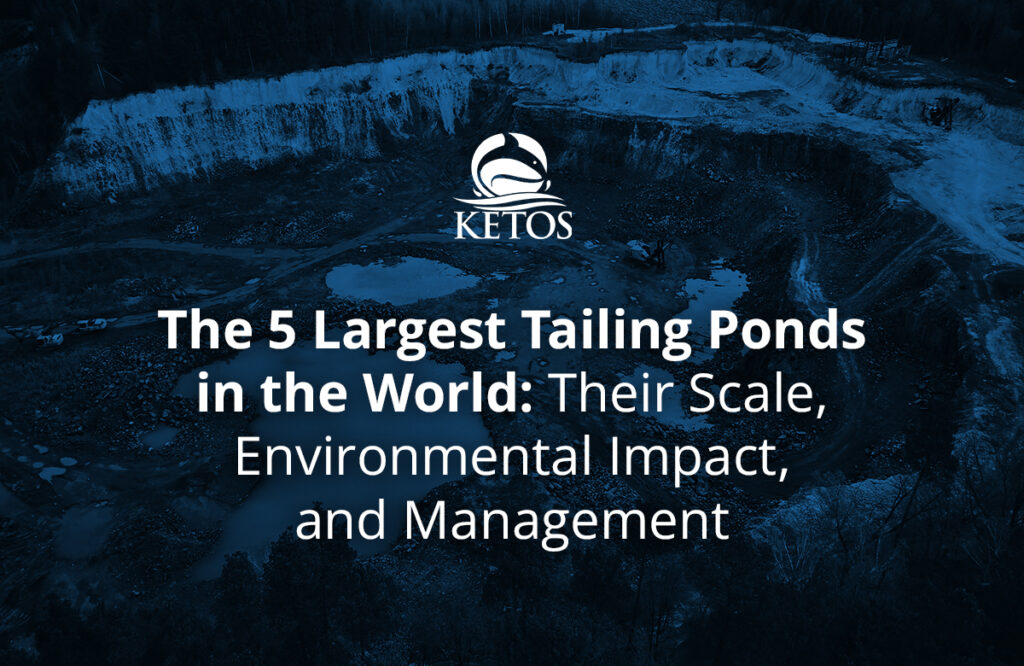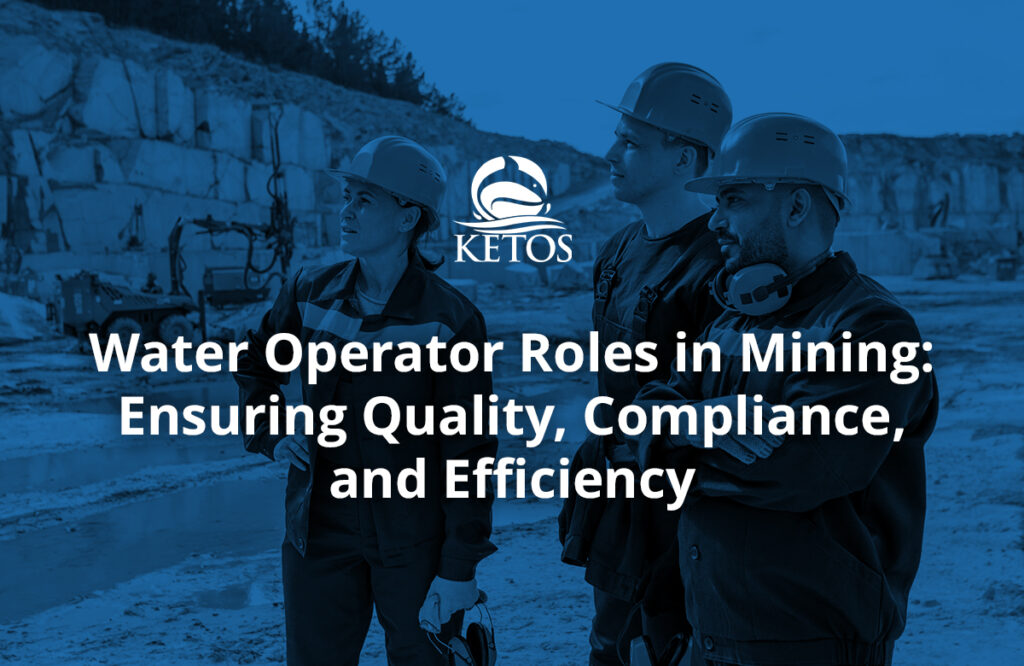As the world’s population continues to expand, finding new ways to grow a large amount of food in limited space has become more and more important. This concern has led to the rise of vertical farming in urban areas, a practice that allows farmers to grow plants indoors.
Vertical farming systems are simple to maintain and use much less water than traditional farming methods. However, the water used in vertical farming needs to be carefully monitored to ensure its quality. For example, an excess of fluoride ions in water could lead to crop failure. Using an IoT-based remote water quality monitoring system can help farmers manage the irrigation systems that directly impact crop yield.
pH Testing In Water With Remote Sensors
Vertical farming has many advantages over traditional crop-growing methods, including production levels that easily exceed that of the most advanced greenhouses. However, to consistently meet this output, growth conditions need to be optimal. Using remote sensors to gather data about water quality can help growers create the perfect environment for crops to flourish.
Miniature sensors strategically placed within a vertical farm’s water reservoir can be a cost-effective alternative to manual monitoring. These remote sensors have many applications, including pH testing in water or monitoring the amount of fluoride ions in water used for crop irrigation. If the pH in your water supply is not within range, you may see slow growth or even the gradual death of a group of plants. Likewise, if you have too many fluoride ions in your water supply, your plants can sustain significant damage.
Using Technology To Monitor Water Quality In Vertical Farming
IoT-based remote water quality monitoring systems are efficient and economical. These advanced technologies are a reliable tool for any farmer who wants to understand the dynamics of what’s taking place in the indoor growing environment, including pH testing in water or monitoring a water supply for contaminants like fluoride.
Additional benefits of this advanced technology include:
- Remote water quality monitoring systems capture information whether or not an operator is physically present. Sensors collect data and transmit it over the network and into the cloud, where operators can access it on a computer.
- These sensors offer continuous water quality testing services. Instead of taking periodic, point-in-time measurements, these advanced processes are continuous and dynamic, giving operators real-time feedback by monitoring data such as the number of fluoride ions in a water
- Remote water management systems can provide operators with text alerts. Simply set the quality parameters for what you want to monitor, and your water quality software system will send an alert if a measurement falls outside the acceptable range. This gives you time to make adjustments and prevent problems in the future.
- IoT systems make water quality monitoring easy and efficient. By collecting data digitally, operators save time. IoT-based platforms can measure, analyze, and catalog data faster and more accurately than humanly possible.
- Today’s remote water quality monitoring systems are cost-effective. These systems are inexpensive to install and offer a high return on investment.
- IoT water quality testing services can monitor key factors, including pH testing in water, salinity, and the number of fluoride ions in water. These variables are important to plant growth, so monitoring them is critical.
Can Smart Sensors Improve the Effectiveness of Your Vertical Farming System?
Smart water quality sensors are much more efficient and effective than traditional monitoring and treatment systems that are often used for vertical farms. Every facet of a vertical farming system can be measured and monitored with smart sensors, from pH testing in water to measuring the amount of fluoride ions and other contaminants in your water reservoir. This allows operators to automate, manage, and improve their entire growing operation for peak efficiency.
Among the many advantages of smart sensors is that the data collected from the sensor can be transmitted back to any computing device that has been paired with the sensor. Operators can receive measurements and insights from the sensor through a smartphone, tablet, or even a desktop computer, which means that you can view the data generated in real time – even if you are not on site.
In addition to monitoring for contaminants like fluoride ions in water, smart sensors allow operators to:
- Create day/night cycles for the lights in your system.
- Change the humidity and temperature in the room.
- Alter air flow speeds as necessary.
- Control nutrient levels and water frequency.
- Measure water quality to determine if water requires treatment.
Improving Your Crop Yield With Data Insights
With the recent advancements in IoT technology, vertical farming has taken off. By using smart sensors to collect data and software that analyzes this data in real time, vertical farm operators can continuously monitor the factors that impact crop production and make adjustments as necessary. These advanced remote water management systems are helping boost production for those engaged in vertical farming, which in turn is helping to guarantee a stable food supply for people all across the world.
